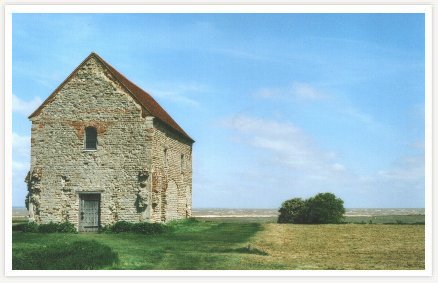Lectures
4th April 2012: The First Prize

Over sixty members appreciated an excellent lecture from Imogen Corrigan on Wednesday 4th April entitled The First Prize.
Through numerous examples of contemporary life, Ms Corrigan supported her claim that the Anglo-Saxon period of 600 years, became vibrant, creative, ordered, and in many ways, enlightened. She suggested that her version glossed over the fact that life was nasty, brutish and short; nevertheless, England remained a magnet for invaders. Its rich pasture lands attracted Anglo-Saxons and Jutes who came, not as hostile invaders, but as families seeking better lives. At the end of the 8th century the Vikings descended as would-be conquerors, with Lindisfarne taken in 793. Eric Bloodaxe, for instance, became King of York in 947 part of a strong Viking settlement in North England. The last real invader was William the Conqueror in 1066.
In Anglo-Saxon society over the centuries, appeared such names as King Alfred, Bede, St Augustine, cultivated, educated leaders who attracted many followers and students. Archbishop Theodore who died in Canterbury in 690 and is buried in St Augustine's, drew crowds of students to the city. Bede, who died in 735, described an England of fertile pastures, rich in crops, trees and vines with an abundance of water fowl and whelks. The latter were highly important to Anglo-Saxon culture, providing not only nutritious food, but copious quantities of rose pink dye for use in manuscript illustration such as in the Lindisfarne Gospel.
Sadly the majority of buildings were of wood though a number of stone Anglo-Saxon churches survive such as that of Bradwell-juxta-Mare, near Maldon in Essex, built circa 654 and owing part of its survival to having been used post-ecclesiastically, as a grain store. The A/S church in Greensted, near Waltham, of early 11th century construction, has the oldest log wall in Europe. Such ancient buildings provide evidence of contemporary life, supplemented by important archaeological finds which have produced many instances of fine gold and silver jewellery.
The Sutton Hoo site [excavated in 1939] revealing the burial of a whole ship, suggests a society which was considerably organised. Although a highly feudal society, Kings ruled by consent; the Witan, a Council of Wise Men, was consulted by the monarch; local government was based on a system of shires supervised by Shire Reeves; the widely admired national coinage was established early and law codes based on Exodus, were widely admired and justice seen to be an English habit.
Averil Clayton
Photograph © http://english-church-architecture.net

